Hi Readers: There was a total of 64 accidents/Incidents for March 2008 as reported by NTSB (National Transportation Safety Board). As of 4-16-08 the 19th and 23rd were unreported. There were 5 incidents, 15 fatal accidents with 35 fatalities, and 43 nonfatal accidents. There were 3 non-U.S. accidents, one public-use accident, 4 Part 137 accidents, 4 Part 135 accidents, 3 Part 121 accidents, and 49 accidents classified as GA accidents.
There were 7 helicopter accidents reported, the most serious accident (10 fatal) occurring 10 miles west of Santa Cruz, Peru when a Bell 412 EP, piloted by a U.S. certified air transport pilot and a peruvian provisional copilot, impacted mountainous terrain. There were two other Bell 206B accidents, one (2 minor injuries) in Alaska colliding with terrain - an aerial photography flight involving a loss of control while covering a dogsled race; the other, an agriculture flight, the skids contacting a field while spraying. There were 2 Robinson R22 helicopter accidents, one fatal - a combination photo and student training lesson, when the helicopter was observed to shed parts at low altitude and impact the ground. The tail cone had separated from the fuselage at a "right angle" and the main rotor blades exhibited "coning". Also, one of the main rotor blade sections exhibited an impression consistent in shape to the leading edge of the vertical stabilizer. Examination of the instrument panel revealed that the engine rpm needle was in a high limit position and the rotor rpm needle was in a low limit position. The pilot was properly rated for the flight. The other Robinson helicopter impacted terrain following a loss of engine power at 300 feet during a practice 180-degree autorotation at the Las Vegas, NM. airport following a flight from Broomfield, CO. There were no injuries. On March 9th a Sikorsky helicopter impacted a coal mound during a forced landing near Belmont, WV. The certified commercial pilot was seriously injured. The purpose of the flight was to remove construction equipment from a 620-ft tall powerplant smokestack. After 5 loads were removed successfully, the pilot refueled the helicopter and returned to pick up the sixth and final load. After lifting clear of the stack, the pilot noted that the calibrated load meter read 5,200# - an overload condition. Seconds later the pilot felt a high frequency vibration, which was followed by a yaw to the right and separation of the tail rotor assembly. After two 360-degree rotations, the pilot released the load, reduced the collective pitch and performed an autorotation. The helicopter sustained substantial damage during the hard landing. The 7th helicopter accident involved a Willey Rotorway Exec 90 flight to practice autorotation and simulated SE failures. After 45 minutes of flight both the Instructor and the Student noted that the engine tachometer read lower than the rotor tachometer. Assuming a following engine failure, an autorotation was made. The helicopter landed in soft terrain and rolled on its side.
There were 5 incidents - none sustaining injury. One, a Southwest Airlines B-737, Flight 411, collided, during taxi, with Southwest's B-737, Flight 15, during ground operations at Love Field, Dallas, TX. Both airplanes were damaged. While taxiing past flight 15 (stationary), the left winglet of Flight 411 contacted the left wing stabilizer of Flight 15. A Continental Airlines B-737 sustained minor damage when all four landing gear tires blew on touchdown at Houston, TX. Sounds like a very hard landing. A B-747 wet-leased to Saudia Arabian Airlines by Air Atlantic Icelandic experienced a fire in the the No. 3 engine pylon during the landing rollout at Dhaka, Bangladesh. On March 14th a UK Cessna 550 Citation experienced control problems in flight and landed at Edinburgh, Scotland for investigation - the flight originating in Spain. On March 26th a Great Lakes Aviation Raytheon 1900 D, operating as Flight 5187, en route to Farmington, NM., experienced an open cargo door after takeoff from Page, AZ.
There were 3 Alaskian accidents; one, a Cessna 185 ski-equipped airplane, which aborted the takeoff because the snow would not release from the skis. The airplane slid off the end of the runway and down an embankment at Takoti, Alaska. Another, a Bell 206B collided with terrain following loss of control whil maneuvering 59 miles SE of Nikolia, Alaska on a phot4o flight. The third accident occurred when a Stinson 108 rolled to the left on takeoff, struck the runway and nosed over. An inspection revealed that the ailerron control cables were misrouted, the direction of movement indicated in reverse.
The 4 Part 137 accidents involved agriculture operations and were minor, and a matter of pilot judgment.
The fatal accidents, as well as the nonfatal accidents, involved X-C flights, day and night, weather, an inflight breakup, and using the wrong fuel. All of these accidents will be covered in detail in Part II.
Thanks for listening. R.S.
Wednesday, April 16, 2008
March 2008 Aircraft Accidents and Incidents - Part I
Subscribe to:
Post Comments (Atom)

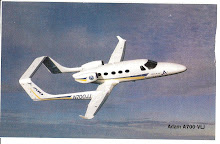

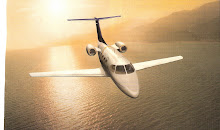


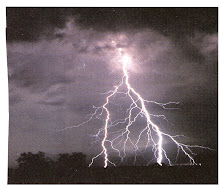

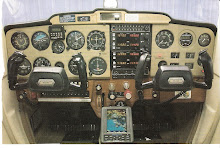
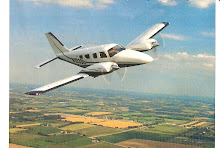
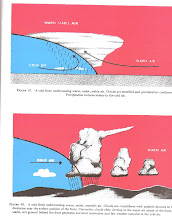
No comments:
Post a Comment